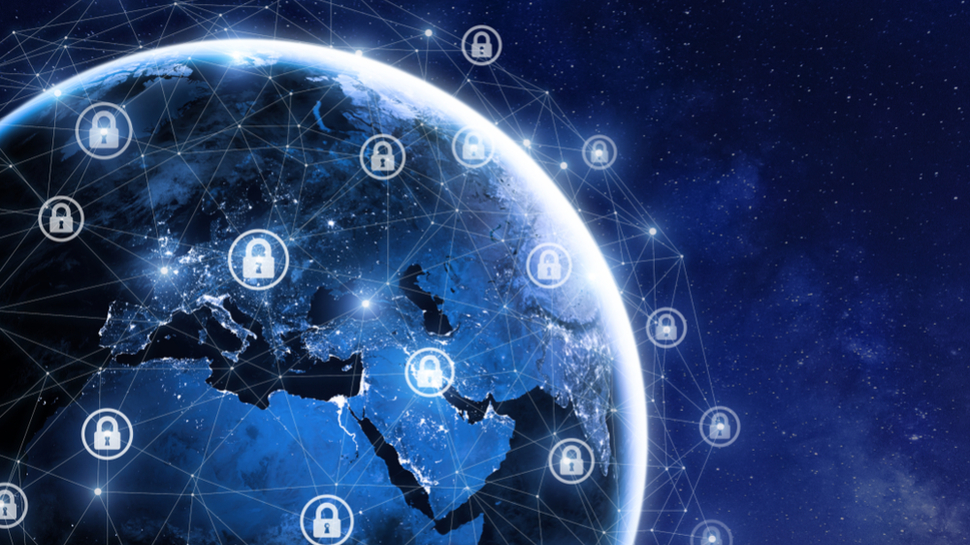CISA wants to work with US allies to boost critical infrastructure security at home and abroad
CISA unveils strategic plan to improve critical infrastructure resilience at home and abroad

The US Cybersecurity and Infrastructure Security Agency (CISA) has released its plan for international co-operation on strengthening the security of critical infrastructure.
US critical infrastructure has been subject to constant attacks from Russia, China, and Iran over the past year as state-sponsored groups look for vulnerabilities and weaknesses to exploit.
US allies have also experienced similar attacks, with the UK government stepping up classifications of critical national infrastructure in the face of rising threats from Russia and China, and CISA’s 2025-2026 International Strategic Plan now looks to improve international cooperation for critical infrastructure security.
Bolstering resilience
The plan rests upon three main goals; bolstering the resilience of foreign infrastructure on which the U.S. depends; strengthening integrated cyber defense; and unifying agency coordination of international activities.
The critical infrastructure CISA is looking to protect includes pipelines, telecommunications, and essential supply chains both in the US and within the territories of US allies across the globe, with the document outlining the main threats as “cyberattacks, chemical and improvised explosive devices, threats to supply chain interdependencies, foreign malign investments, and climate change.”
In light of the increasing geopolitical tensions following Russia’s invasion of Ukraine and the escalating trade war with China, CISA has already spearheaded multiple programs collaborating with international partners to combat attacks against infrastructure. The new plan seeks to open new lines of communication and improve information exchange to improve the accuracy and responsiveness when defending against attacks.
It’s not just state sponsored cyber threats that are prioritized for defense. The plan extends beyond cyber defense, with CISA also looking to support “emerging technology, chemical security, emergency communications, school safety, bombing prevention, and more to ensure that systems, infrastructure, government, business, and the public can withstand and recover from deliberate attacks, accidents, and natural hazards.”
“In following this plan, CISA will improve coordination with our partners and strengthen international relationships to reduce risk to the globally interconnected and interdependent cyber and physical infrastructure that Americans rely on every day," noted CISA Director Jen Easterly.
Are you a pro? Subscribe to our newsletter
Sign up to the TechRadar Pro newsletter to get all the top news, opinion, features and guidance your business needs to succeed!
More from TechRadar Pro
- These are the best endpoint protection software
- Critical infrastructure sustained 13 cyber attacks per second in 2023
- Take a look at our guide to the best business VPNs

Benedict has been writing about security issues for over 7 years, first focusing on geopolitics and international relations while at the University of Buckingham. During this time he studied BA Politics with Journalism, for which he received a second-class honours (upper division), then continuing his studies at a postgraduate level, achieving a distinction in MA Security, Intelligence and Diplomacy. Upon joining TechRadar Pro as a Staff Writer, Benedict transitioned his focus towards cybersecurity, exploring state-sponsored threat actors, malware, social engineering, and national security. Benedict is also an expert on B2B security products, including firewalls, antivirus, endpoint security, and password management.